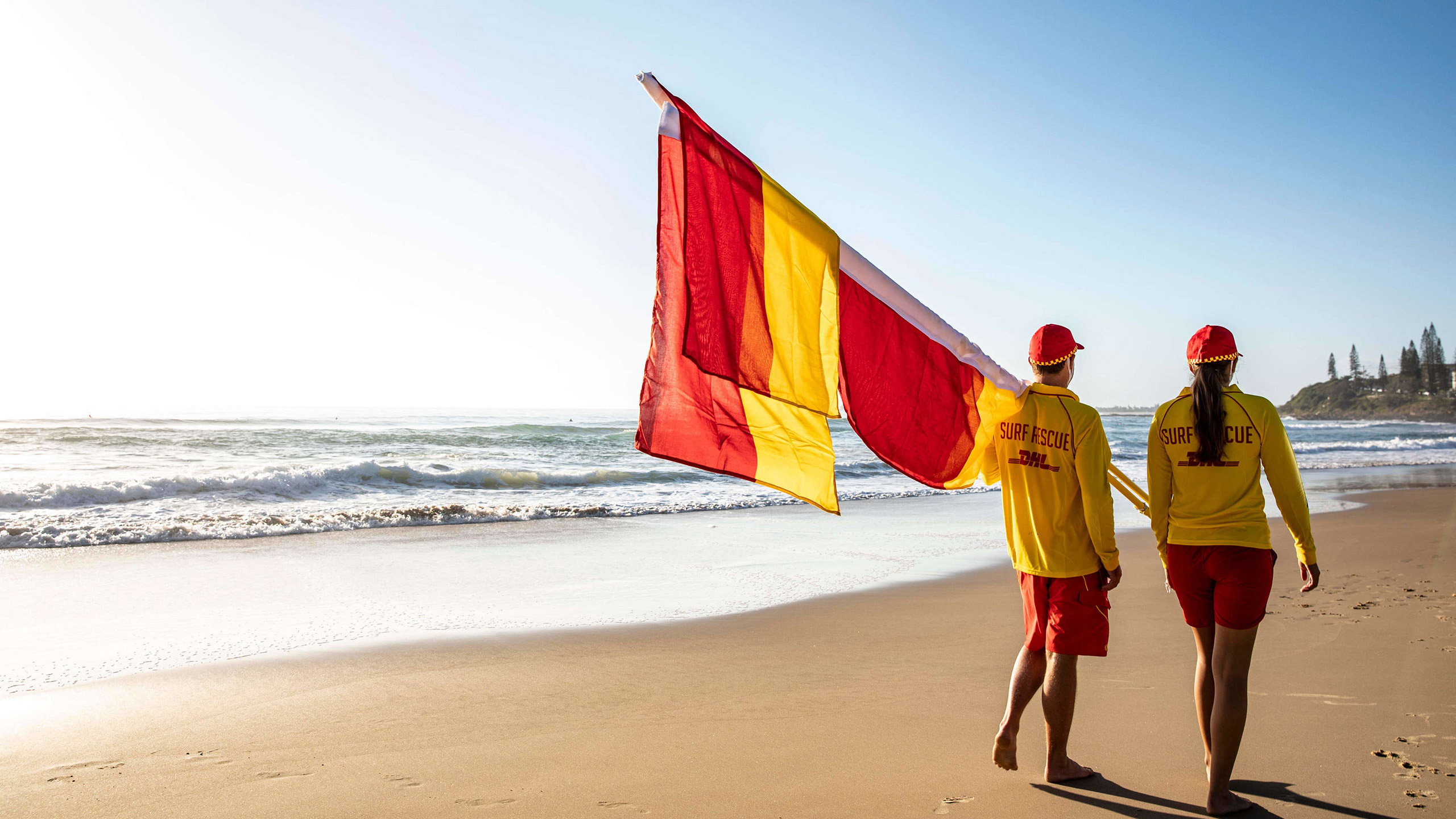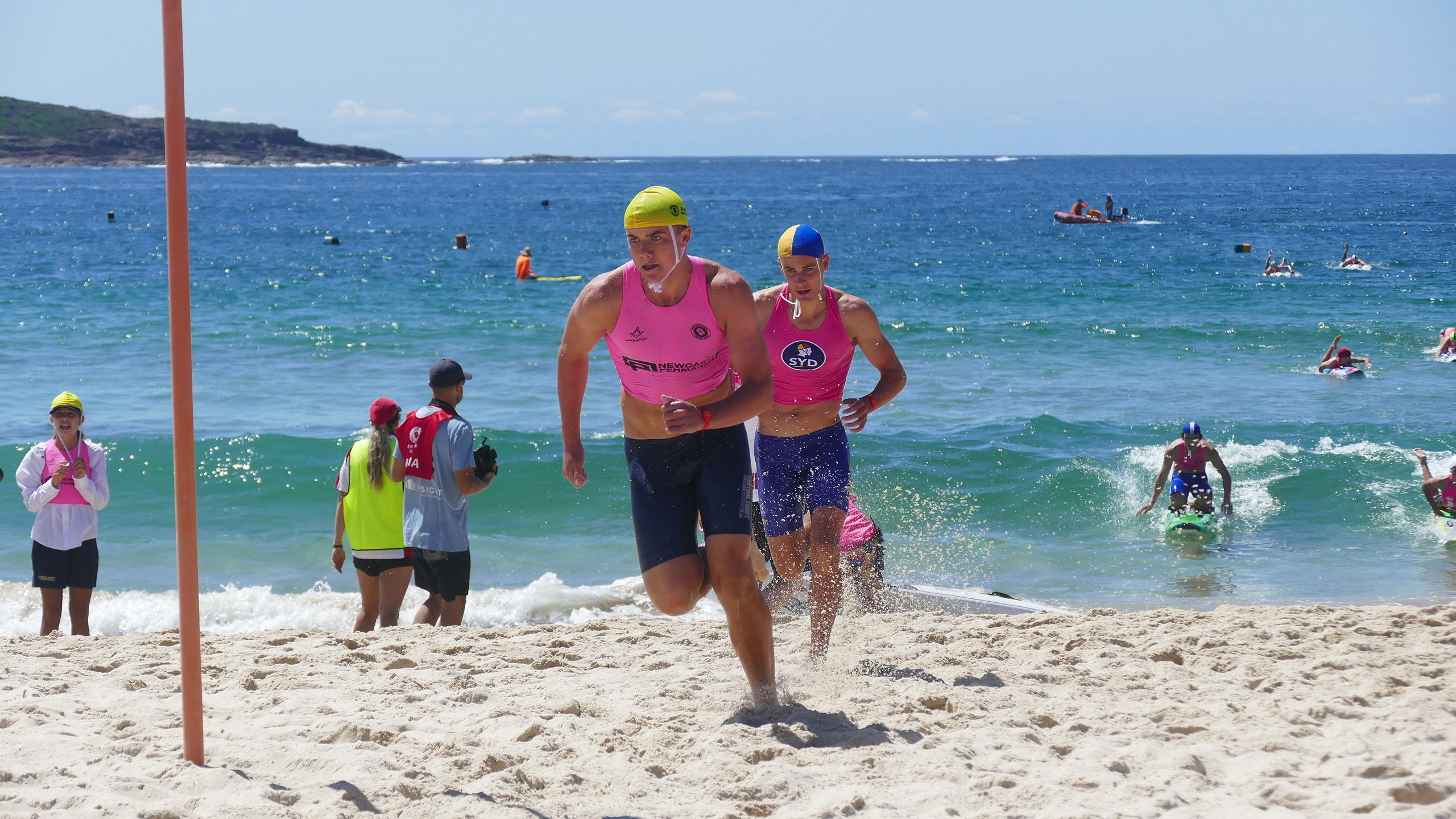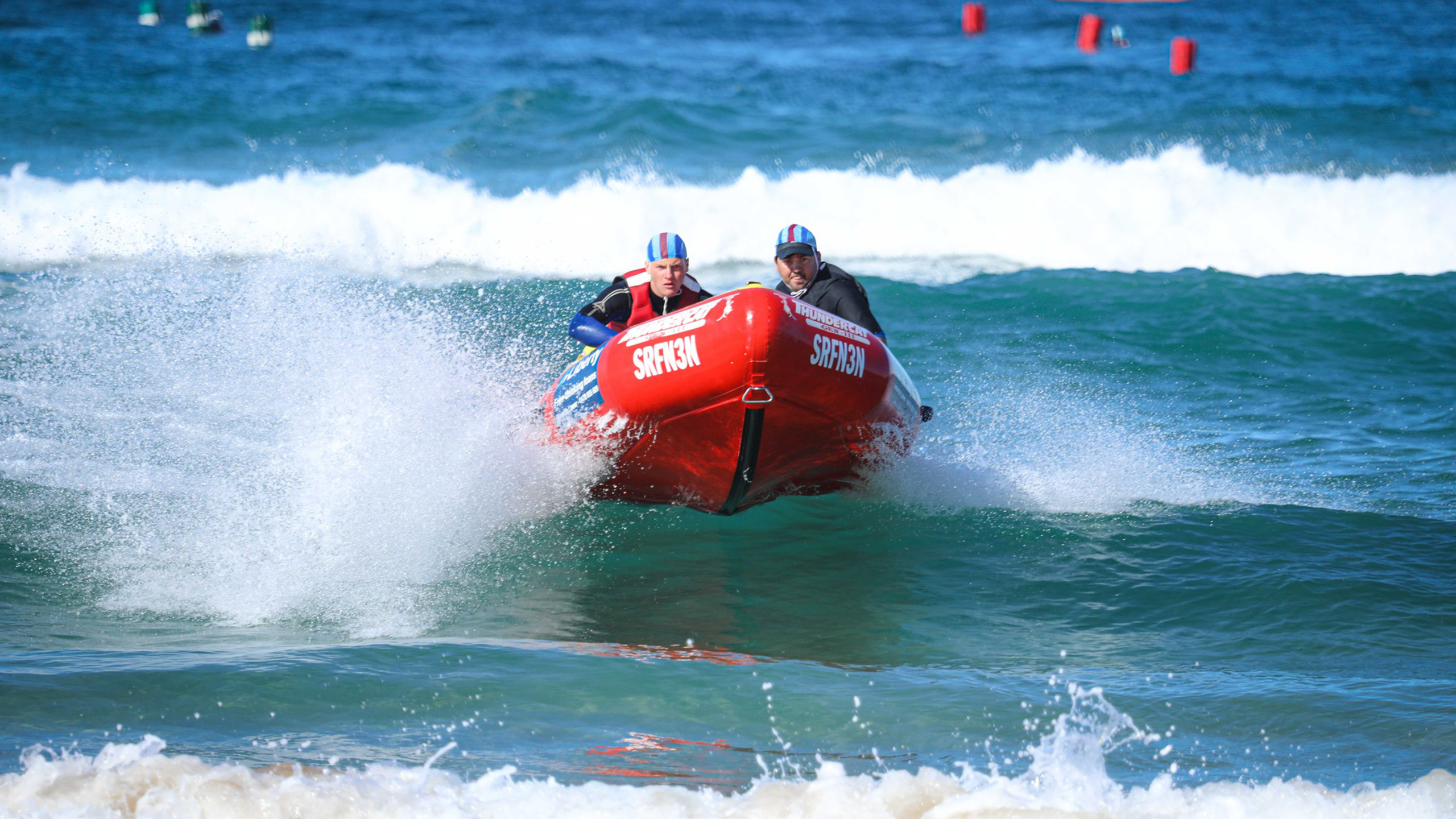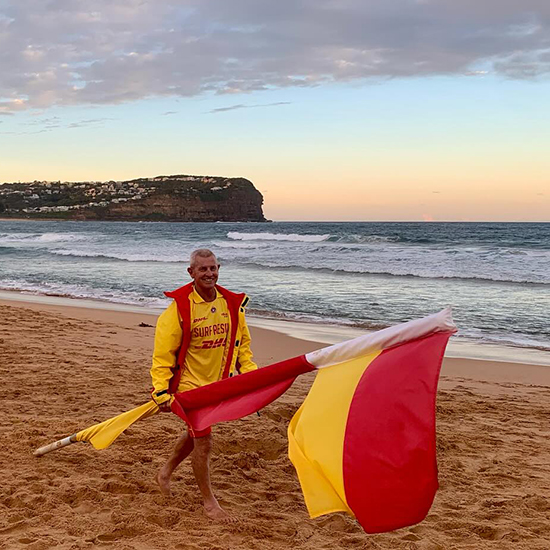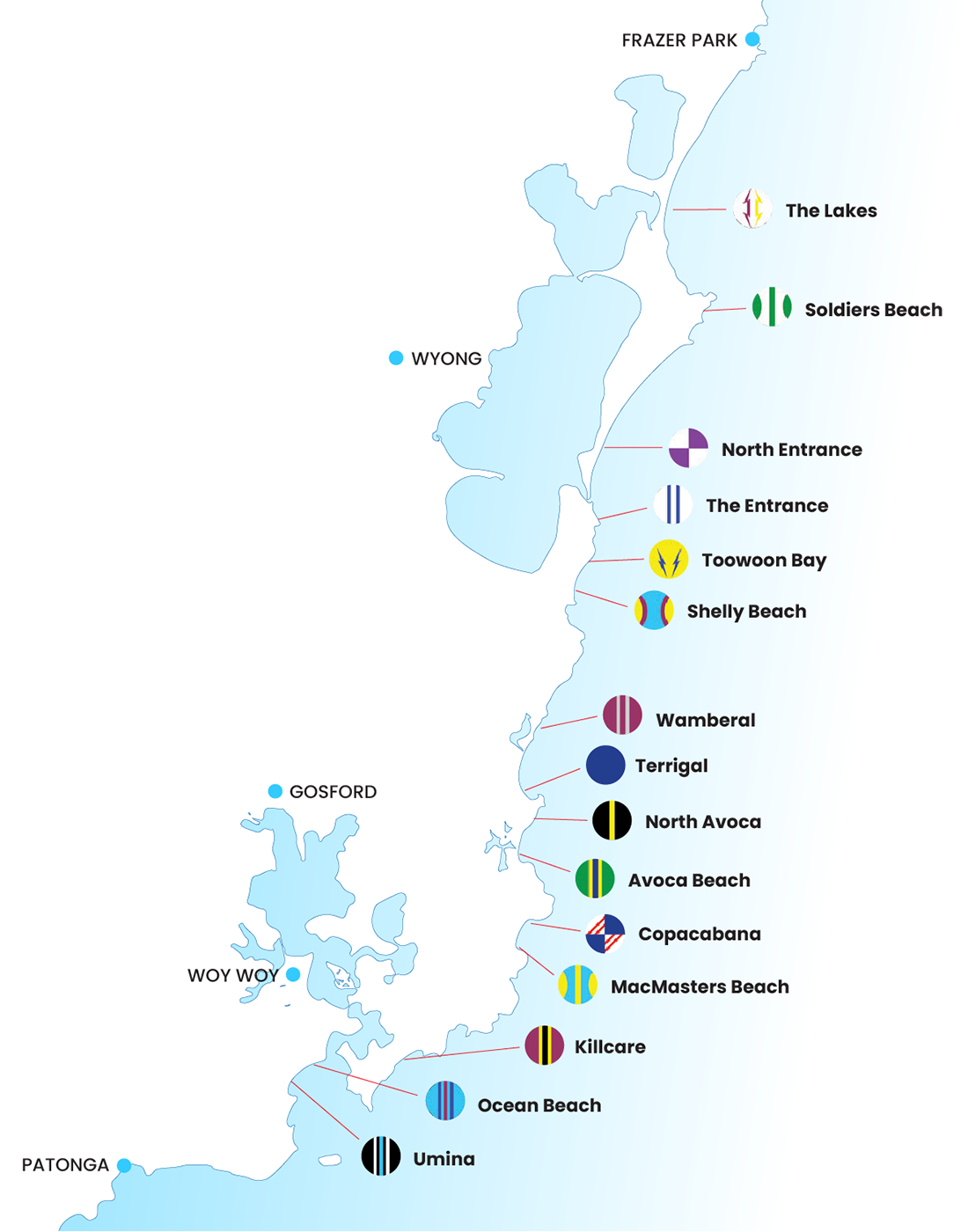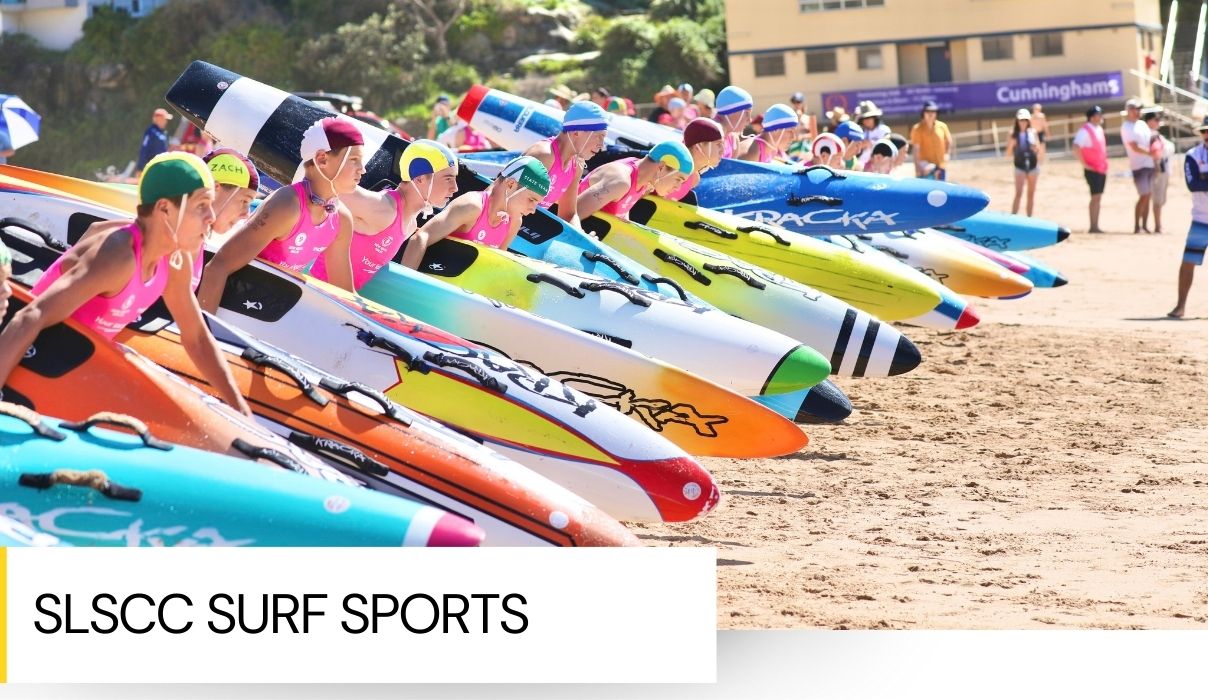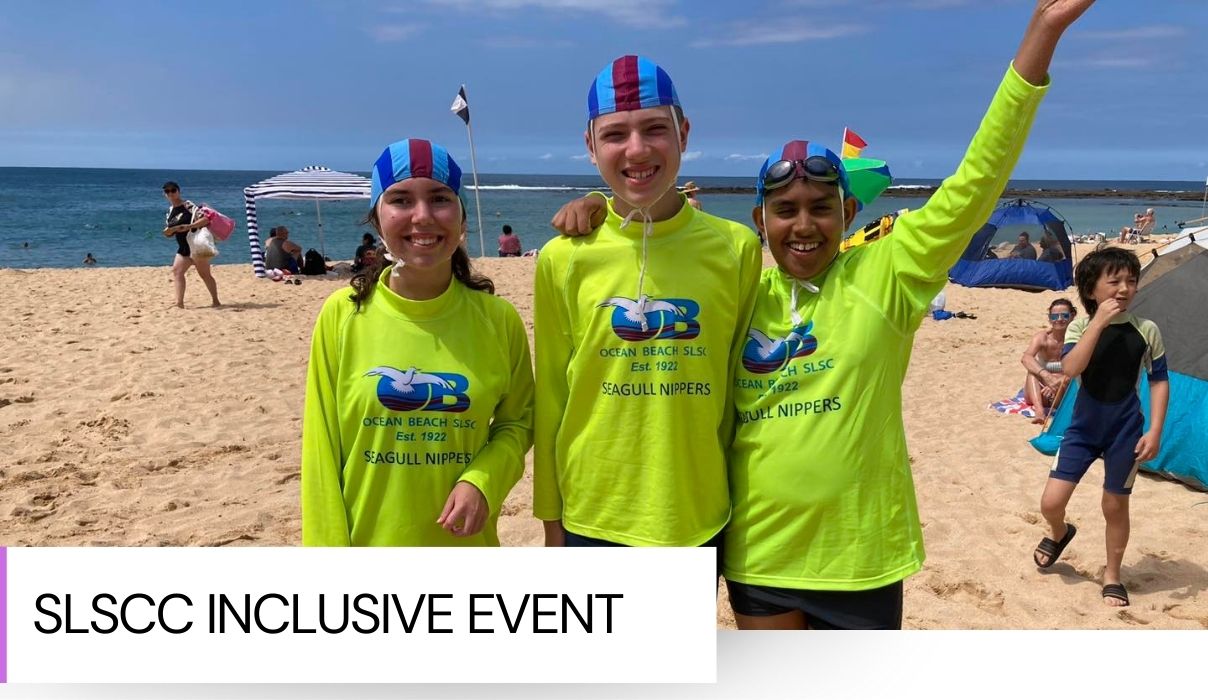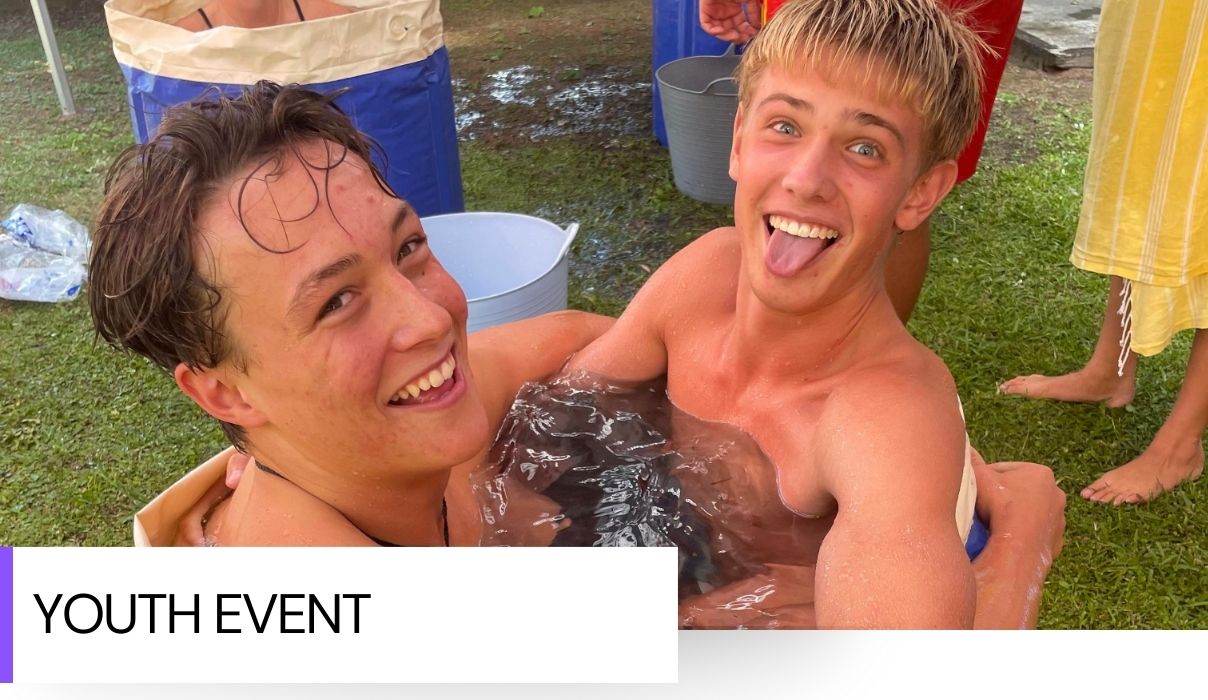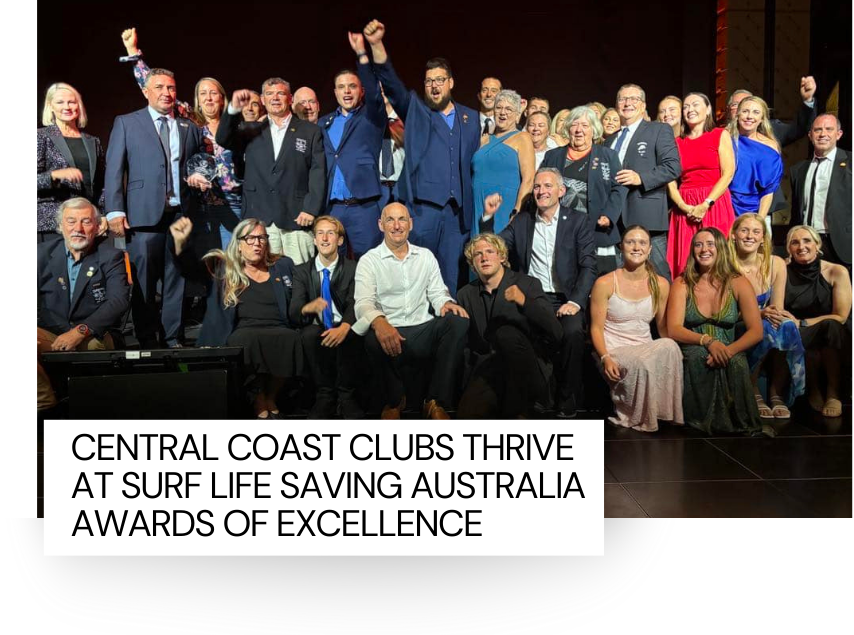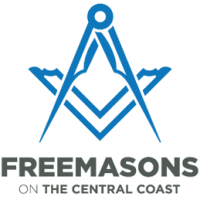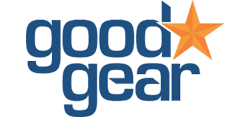Our mission is to save lives.create great Australians.build better communities.
If we can't see you, we can't save you – Always swim between the red and yellow flags
With fifteen clubs and 8,248 members
Welcome to Surf Life Saving Central Coast
Surf Life Saving Central Coast (SLSCC) oversees the management, promotion, and advancement of Surf Lifesaving across the Central Coast. With fifteen clubs, 8,248 members, and a rich tradition spanning 86 years, SLSCC is recognized as one of Australia’s most successful and dynamic branches. Having been awarded the title of SLSNSW ‘Branch of the Year’ six times in the past decade underscores its celebrated status.
What we offer
Our amazing volunteers make a life saving difference in so many different ways
Surf Life Saving has a role for everyone. In the water, on the sand or at the surf club – whatever your skills and interests there’s a place for you.
Find a Central Coast surf club near you
To ensure the safety of Central Coast beaches, Surf Lifesavers conduct patrols from September to April annually, dedicating 97,000 volunteer hours across fifteen accessible beaches from The Lakes in the North to Umina in the South.
We are always looking to grow the Surf Life Saving family – Simply hover over a red dot to find your local surf club!
2024-2025 season in stats
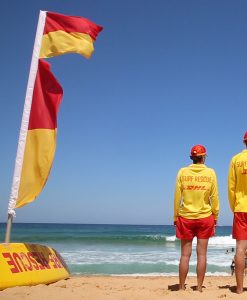
If we can’t see you, we can’t save you.
Be safe, always swim between the red and yellow flags.
Courses
& Events
Latest News
Thank you to our sponsors and supporters
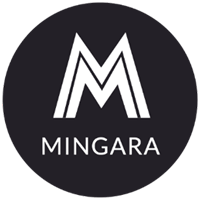

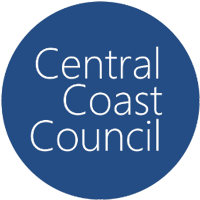


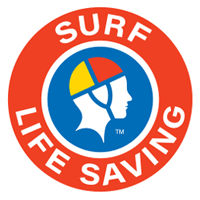
Acknowledgement of Country
We acknowledge the traditional custodians across all the lands on which we live, work and patrol, and we pay our respects to Elders past, present and emerging.

